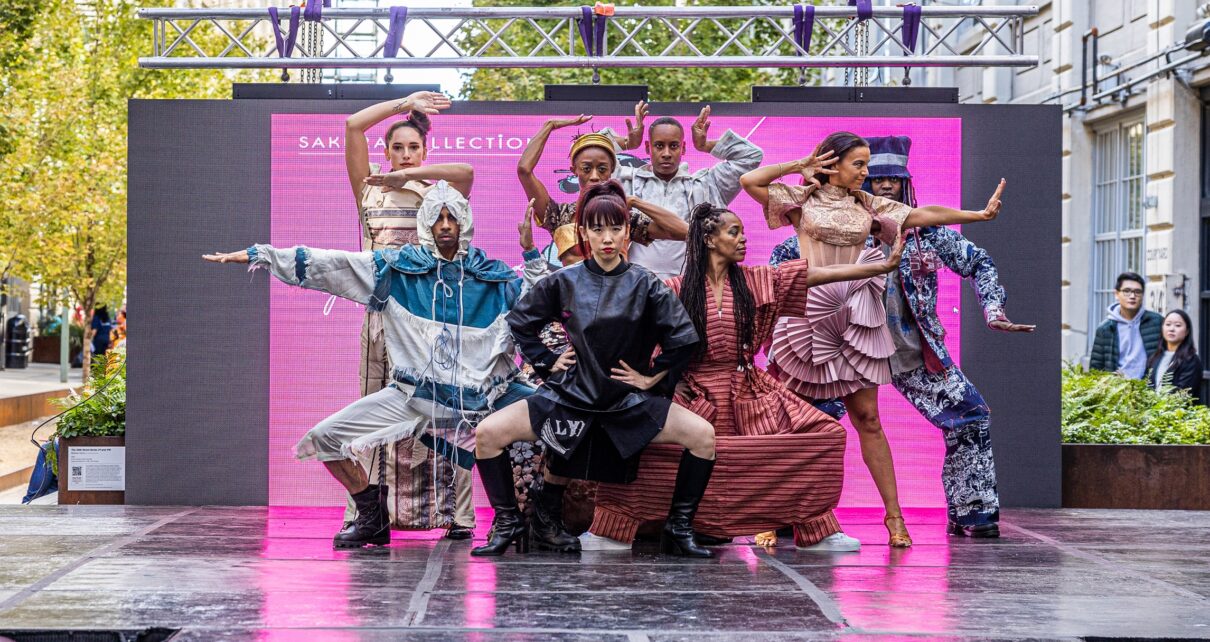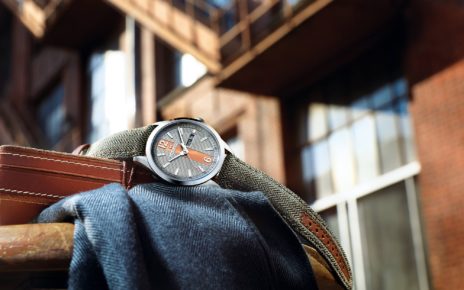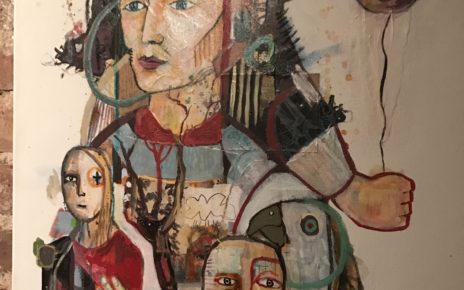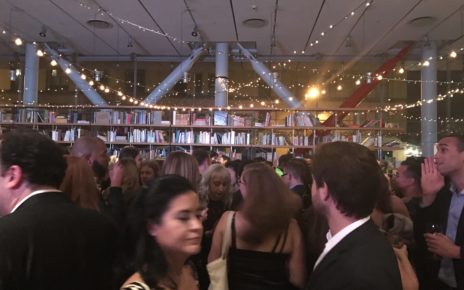Sakura Collection, a project that aims to foster young creators, revitalize regions, and promote cultural and economic exchange through cross-border collaboration, is excited to present the beauty and diversity of Japanese traditional fabrics in two events in New York.
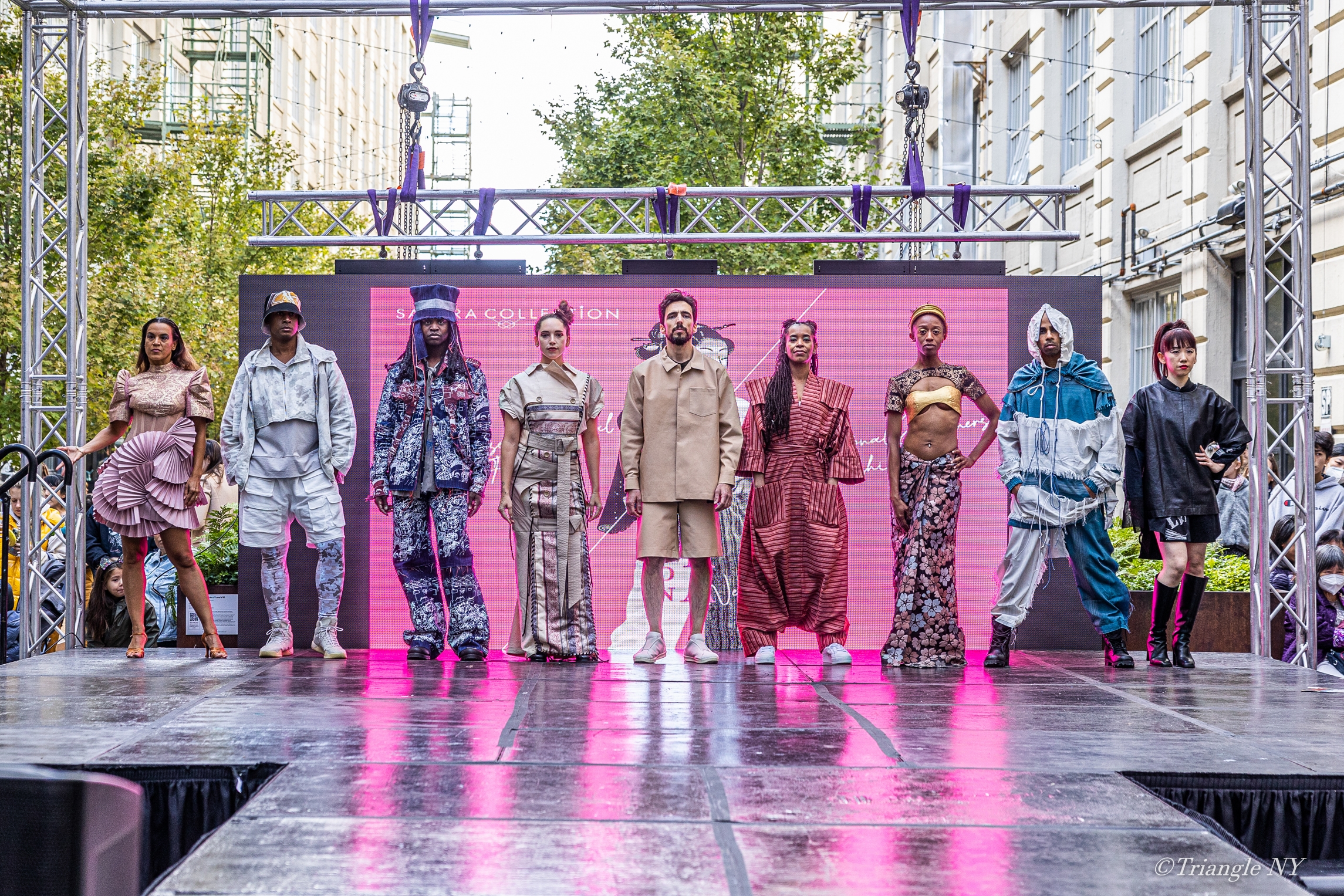
The first event is the Texworld New York City, one of the largest sourcing events on the East Coast, from January 22 to 24, 2024 at Javits Center. The SAKURA COLLECTION will display a stunning array of fabrics from different regions of Japan, such as wool, cotton, denim, silk, and linen, each with its own story, craftsmanship, and charm. The event will also feature the final judging for the SAKURA COLLECTION Fashion Design Award 2024, a global competition for fashion students, who will showcase their creations using the theme materials of “Natsu-Shiozawa” and “Upcycled Denim”. The jury will include Osamu Saito, founder of Yohji Yamamoto Europe, Keiko Aoki, CEO of Altesse Co., Ltd., a New York-based international business consulting company, and Hervé Pierre, who has worked for renowned brands such as Oscar de la Renta, Vera Wang, Bill Blass, and Carolina Herrera. Pierre was the creative director of Carolina Herrera for 14 years, designing dresses for the First Lady and other celebrities.
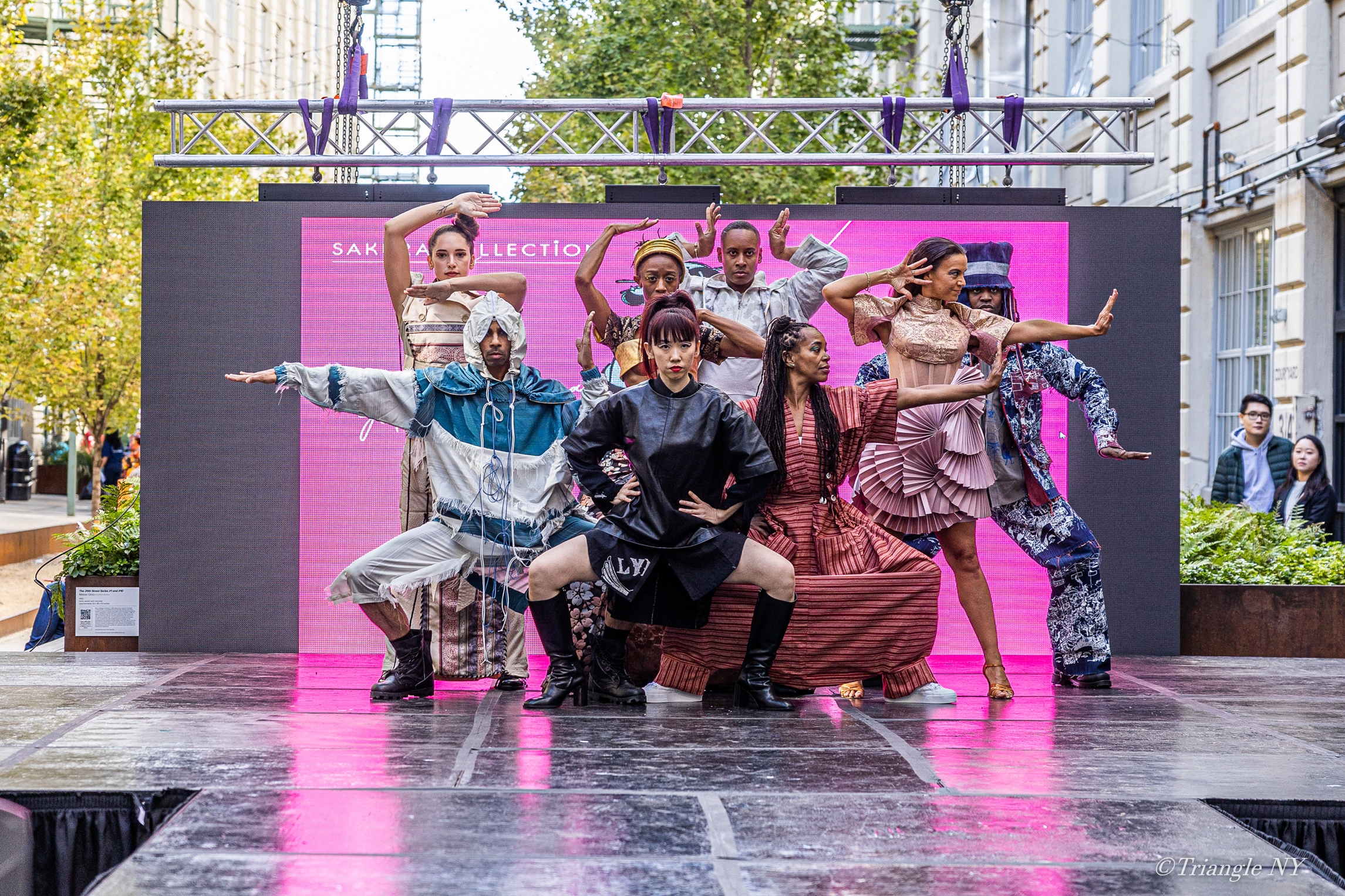
The second event is an exhibition and business meeting at the prestigious Pierre Hotel, a historic hotel that has hosted masters from various fields, including the fashion and movie industries, on February 6 and 7, 2024. On February 7, the final day of the event, three renowned fashion designers such as Flora Rabitti from Italy (Florania) , Irina Dzhus from Ukraine (DZHUS), and Sabrina Goh from Singapore (Elohim By Sabrina Goh) who are all celebrated for their innovative and creative designs at major fashion weeks will unveil their exclusive collections made with traditional Japanese materials including Ojiya-chijimi, SanoAi Syo-Aizome, Hamamatsu Marunabe Denim, Nakaden Keori‘s Bishu Wool, Enshu Mentsumugi and more. Their creations will blend Japanese heritage with their own cultural influences and artistic visions, resulting in unique and valuable pieces that represent the future of fashion.
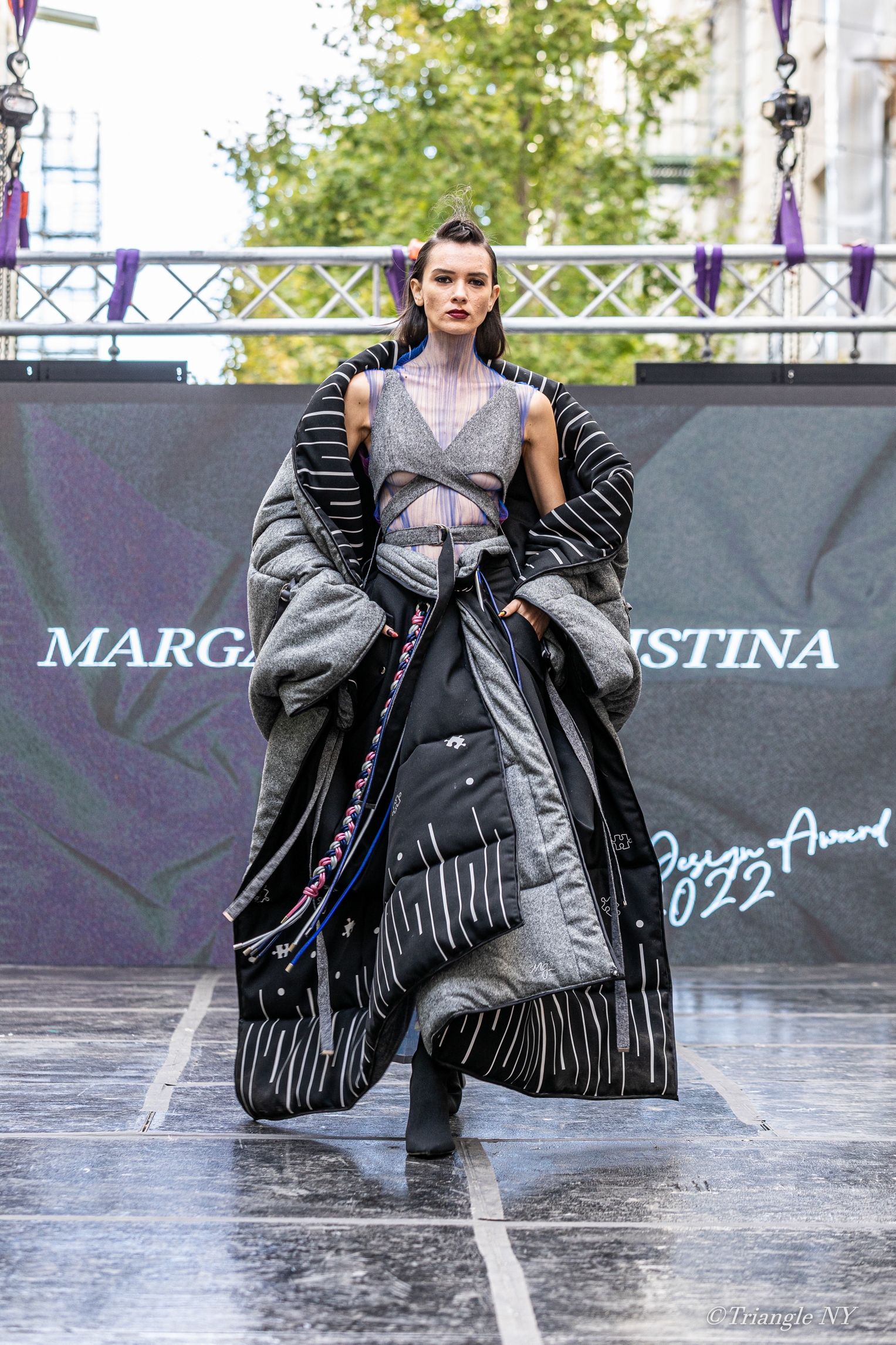
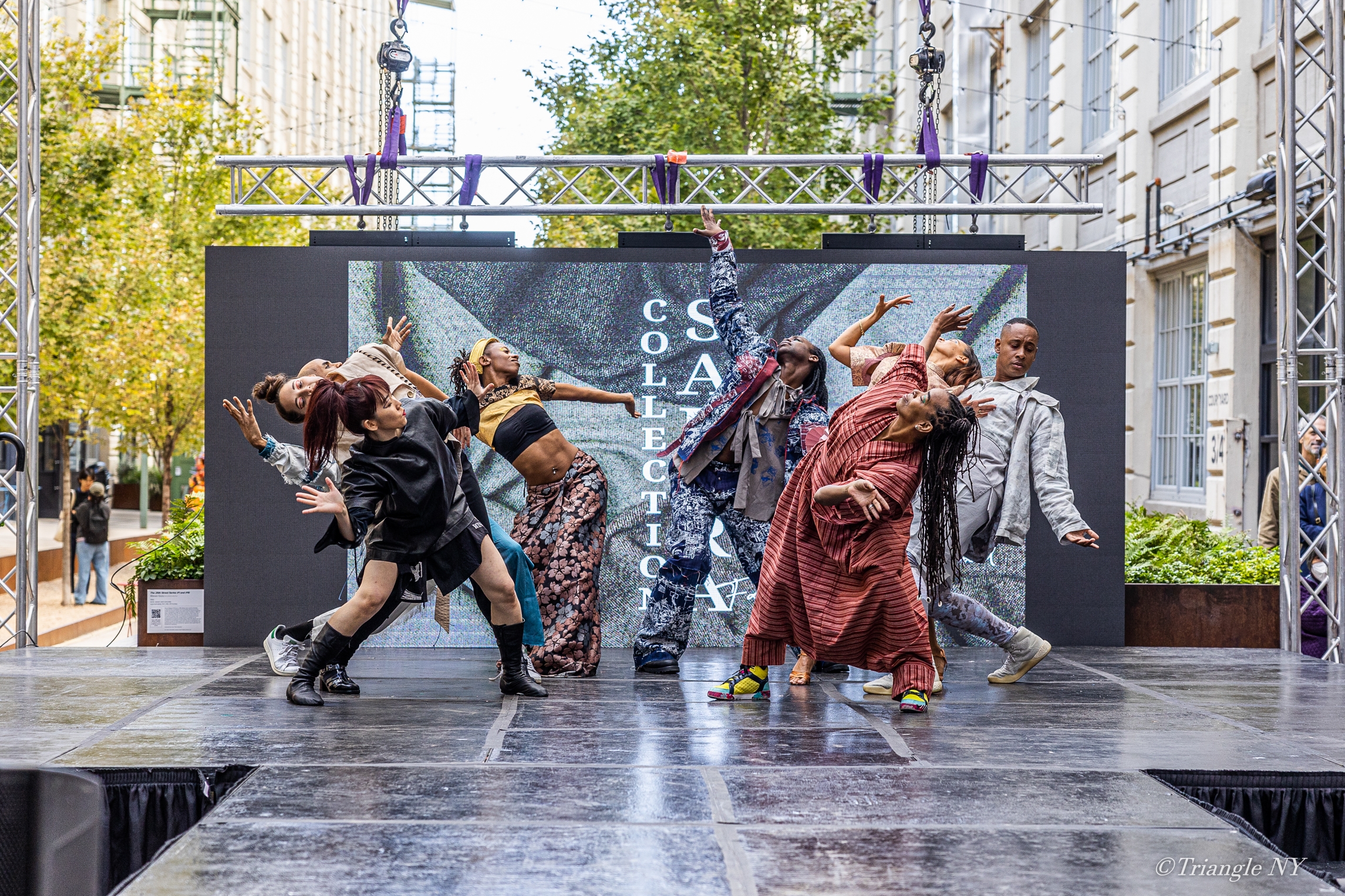
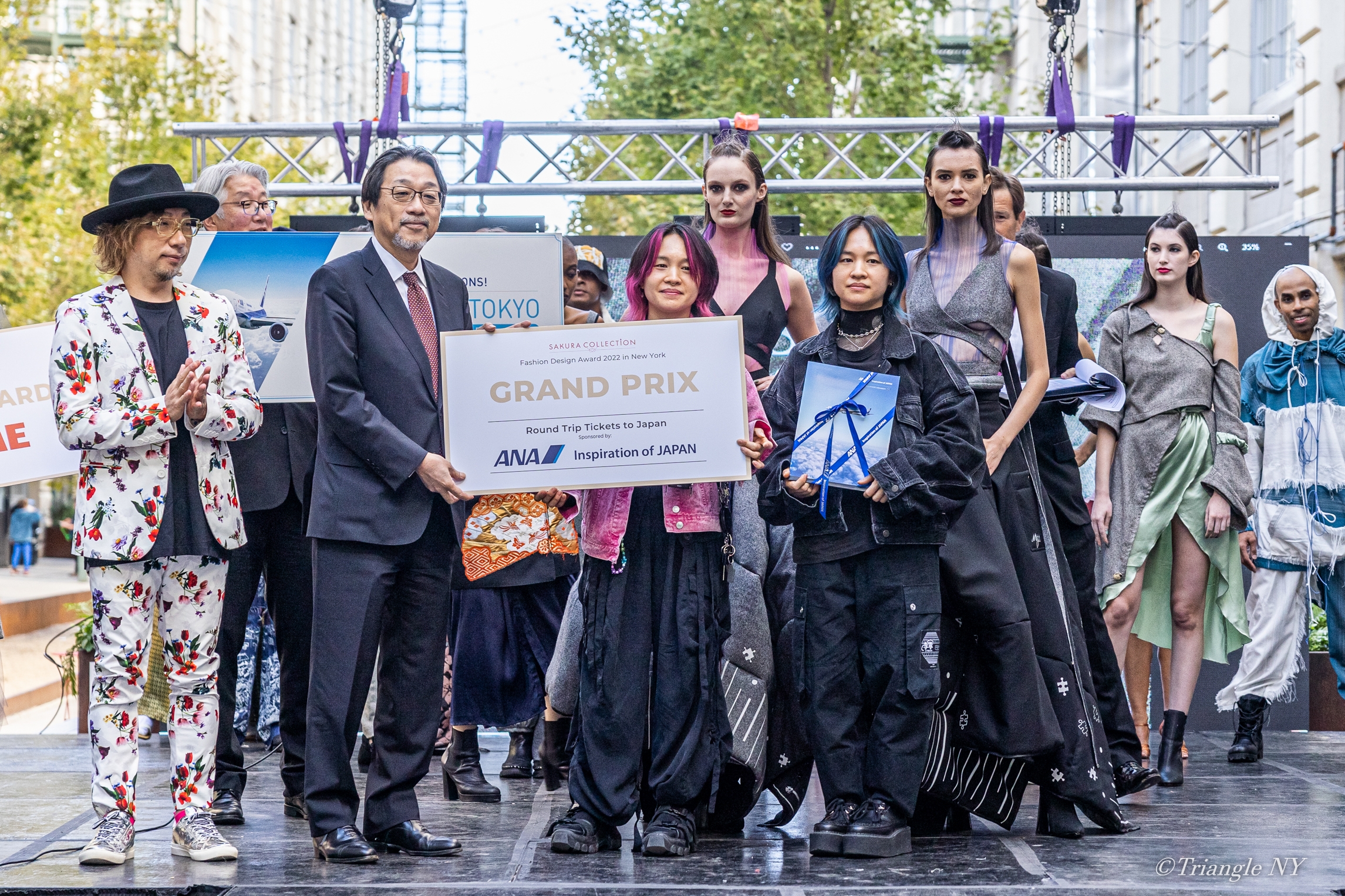
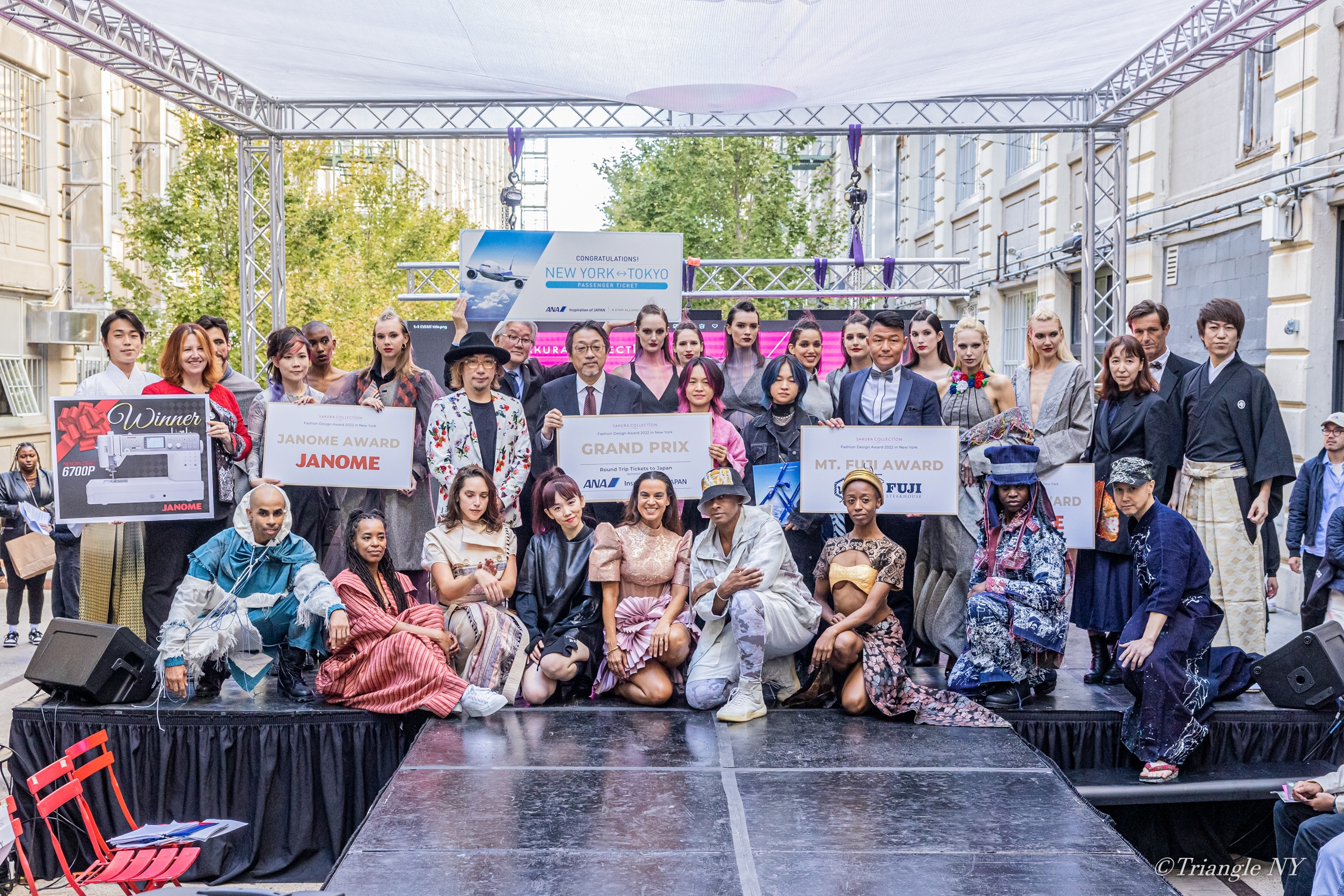
(Note: Photos are from the 2022 Awards: Stay Tuned for an upcoming piece after the month’s events!)
******* ****** ****** ****** ******* ****** ****** ******* ****** ****** ****** ******
Discover the wonders of Sakura Japanese traditional fabrics
Japan has a rich and diverse textile heritage, with each region having its own unique fabrics, techniques, and styles. Sakura Collection is proud to introduce you to some of the finest examples of Japanese traditional fabrics, such as:
• Woolen, synthetic, and knit fabrics from Nakaden Keori, a company in the Bishu region, a major center of the Japanese textile industry.
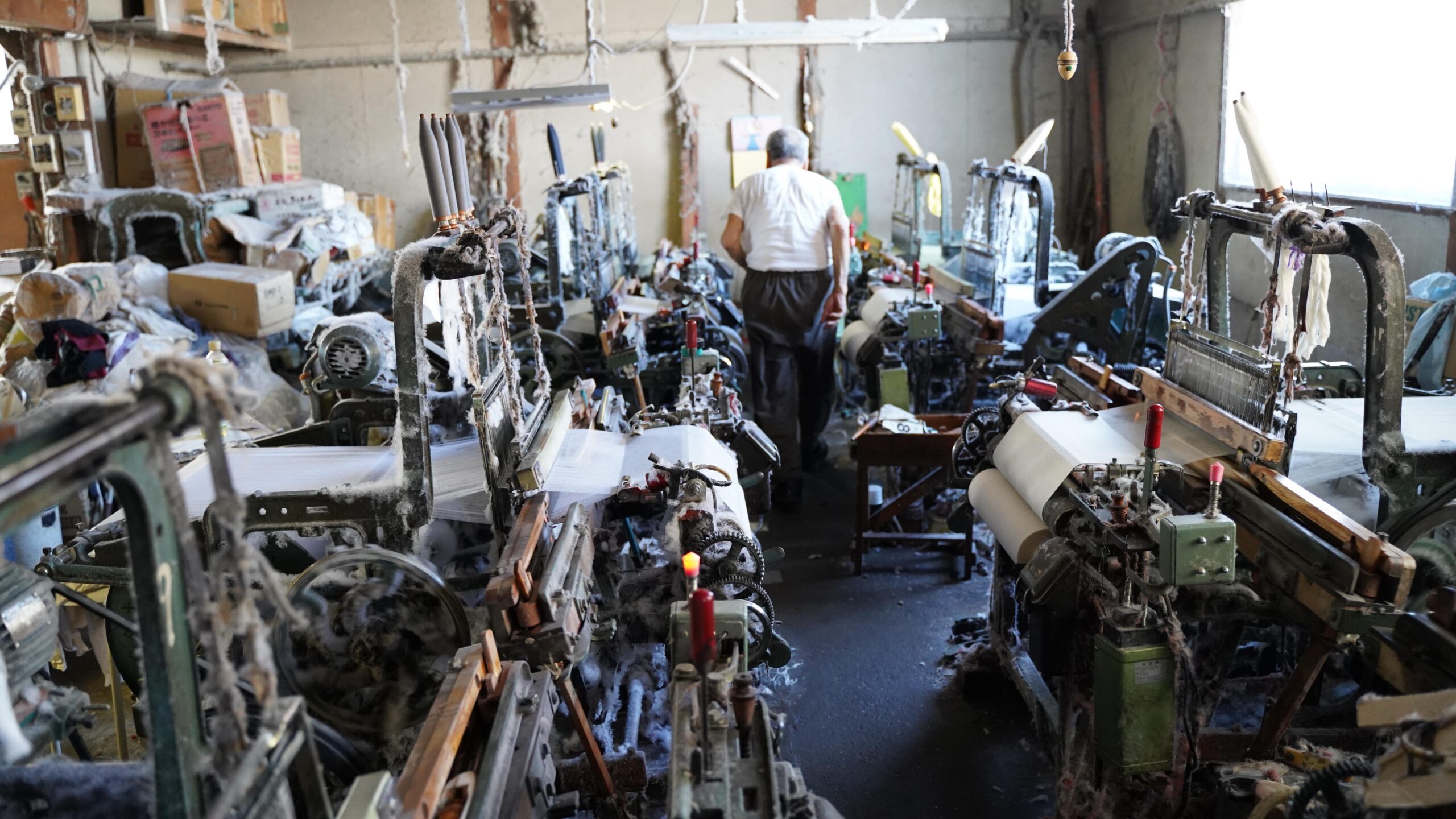
• Enshu Mentsumugi from Nukumori-Kobo, a company based in the Enshu region, where Toyota and Suzuki originated as weaving machine manufacturers.
• Upcycled denim from One-o-Five DENIM TOKYO, a company that remakes discarded denim and produces a wide range of apparel, sundries, and living room items.

• Silk from Honshiozawa, a fabric produced byYamada-Ori, a textile company with over 110 years of history, using the UNESCO Important Intangible Cultural Property “Echigo Jofu ” technique.
• Kuro montsuki from Kyoto Montsuki, a Kyoto black dyeing company established in 1915, that offers an integrated service from cutting to sewing and finishing, and also develops an upcycling project for a sustainable society.

• Two-color denim from Hamamatsu Marunabe denim, a playful denim using two-color yarn from the Enshu region, a long-established textile production area.
• Honba Oshima Tsumugi from the Yumeori no Sato based in Amami Islands, Kagoshima Prefecture, a silk textile with a history and tradition of more than 1,300 years, characterized by its deep black color and luster, and regarded as one of the world’s three major textiles.
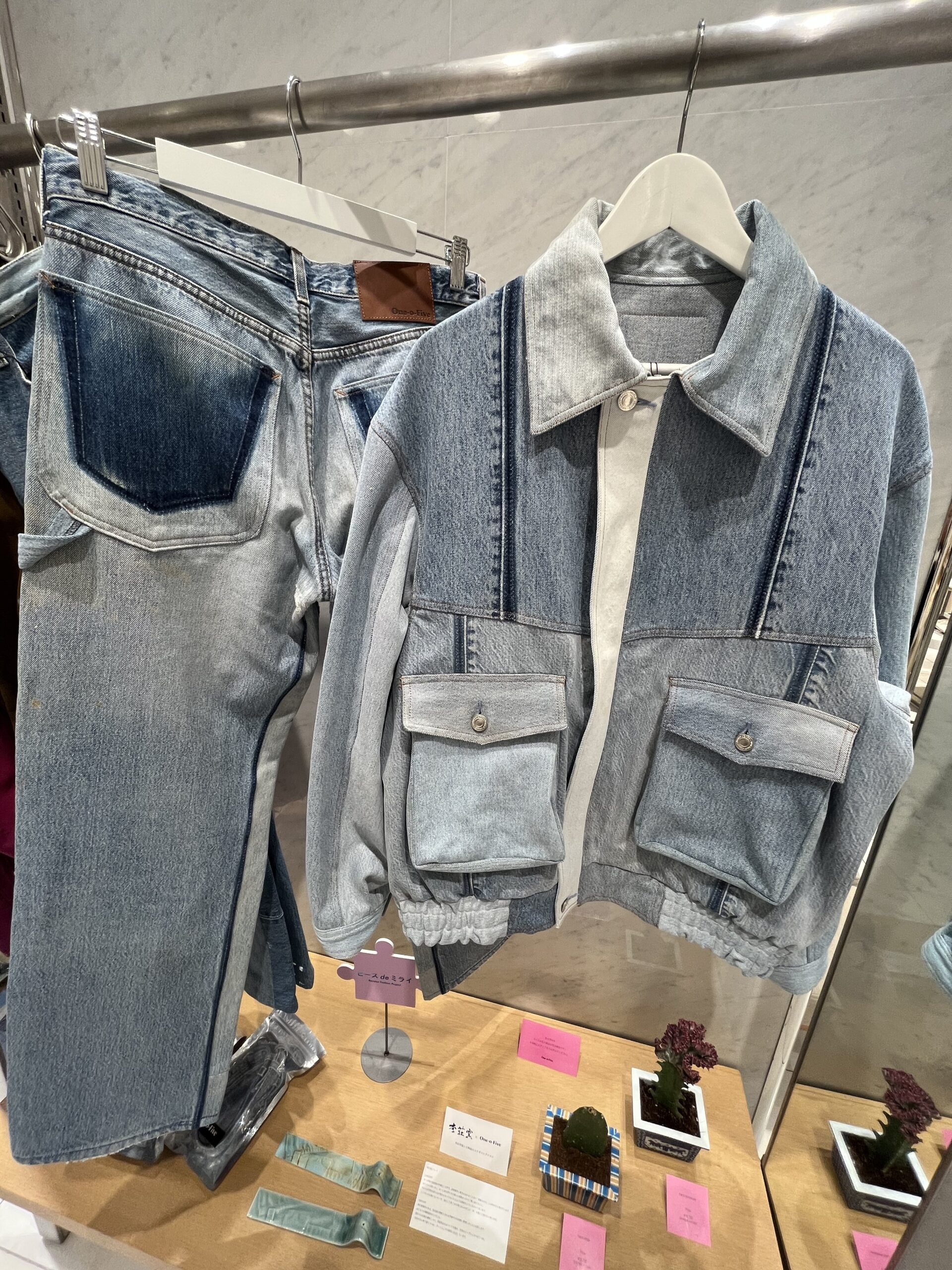
• The Ojiya Chijimi of Yoshishin Orimono, a hemp textile with a history of 1,200 years, made with special konnyaku flour and a production method that does not rely on outsourcing.
• Syo-Aizome from the Sano region of Tochigi Prefecture, a textile made with indigo balls, water and ash from indigo plant leaves, which was revived after a 100-year absence. ![]()
![]()
![]()

• To carry on the quality and tradition of Oshima Tsumugi produced in Amami Oshima, Kagoshima Prefecture, Hajime Shoji developed “Amami Cloth,” an upcycled fabric woven using antique Oshima Tsumugi. It is also used in the seats and carpets of Ferrari’s special edition cars.
• Sawai Orimono is a 120-year-old company in Tokyo that makes a variety of items using one of the traditional silk weaving techniques of the region, called “Omeshi-Ori”.
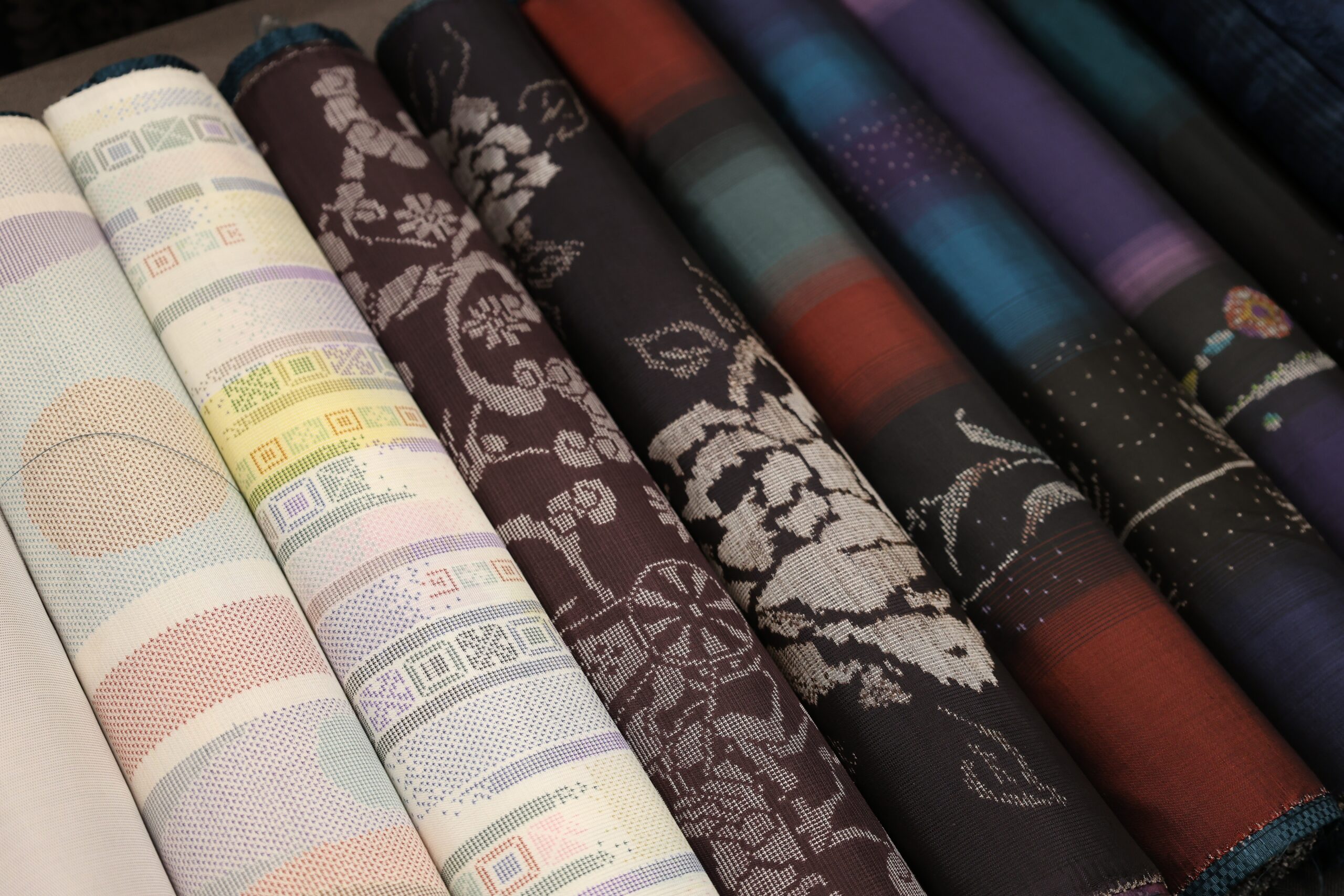
• Edovance was established in 1999 with the motto “Made in Tokyo ” by Japanese sewing engineers. As a factory capable of sewing all genres of clothing, Edo Vance conducts integrated production from cutting to sewing and finishing in its own factory in Tokyo.
These are just some of the amazing fabrics that you can see and touch at our events in New York. Come and join us and experience the beauty and diversity of Japanese traditional fabrics.
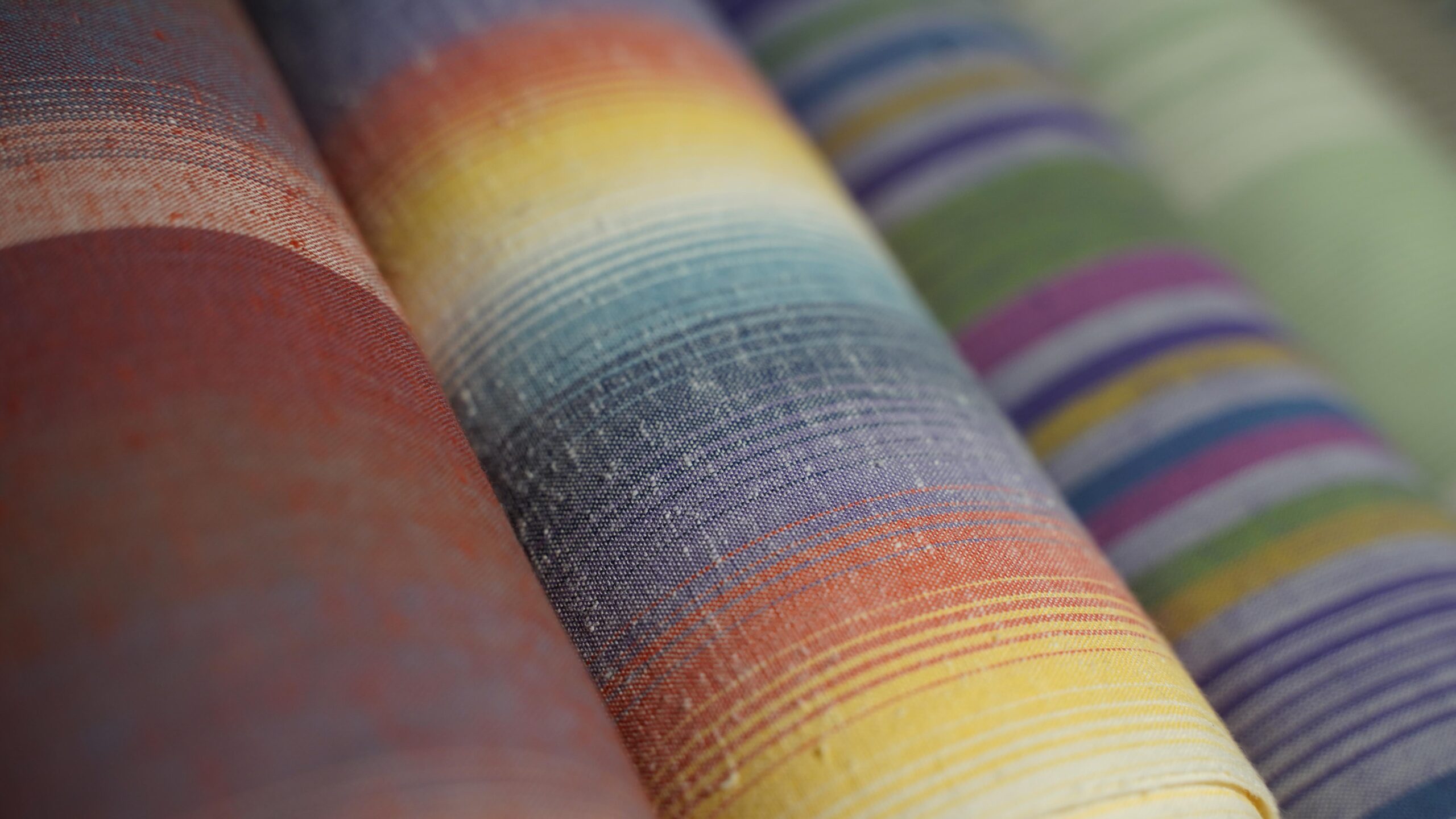
///////////////// SAKURA COLLECTION/////////////////////////////
The project started in 2012 with the three missions of “fostering young creators,” “regional revitalization and PR tourism to Japan,” and “promoting cultural and economic exchange,” with the aim of developing culture, technology, and the economy through cross-border collaboration. //////////////////////////////////////////////////////////////////////////////////////////////////
